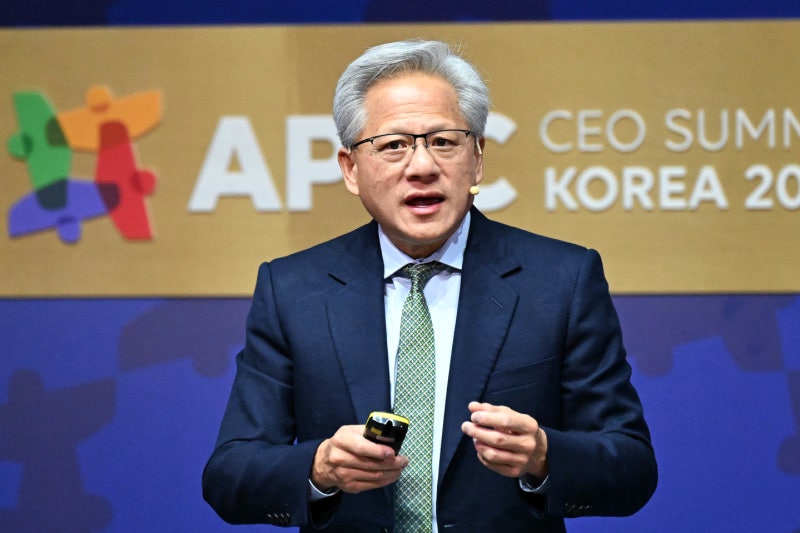
Just one day after Nvidia sparked a rally with its highest-ever quarterly earnings, stocks of leading AI companies tumbled across the board, amplifying investor anxiety. Is this just a temporary pause, or has the AI bubble theory become reinflated?
On Thursday, the New York Stock Exchange (NYSE) opened higher but then closed sharply lower. The Dow Jones Industrial Average dropped by 0.84 percent, the Nasdaq composite fell by 2.16 percent and the S&P 500 declined by 1.56 percent. Key semiconductor stocks also posted losses, with Nvidia down by 3.15 percent, Micron 10.87 percent lower, AMD dropping 7.84 percent and Intel dipping 4.24 percent.
While factors such as weakening inflation and employment indicators in the U.S. played a role, many analysts believe growing concern over an AI bubble was the bigger driver of the sell-off.
At the heart of the unease is deepening skepticism about how global tech firms plan to finance the astronomical investments they are making in the name of AI.
Jensen Huang, CEO of Nvidia, emphasized during an earnings call on Thursday that “hundreds of billions of dollars of capital expenditures is going to have to be invested” and that these investments would be “fully cash flow funded.”
But markets are increasingly questioning whether this claimed “cash capacity” is overly optimistic. Of particular concern are emerging circular deal structures among tech companies — effectively recycling capital under the guise of new investments.
For instance, in September, Nvidia announced plans to invest up to $100 billion in OpenAI, the developer of ChatGPT. OpenAI in turn is using that investment to purchase Nvidia AI chips for its data centers, sending the money back to Nvidia.
AMD also plans to supply OpenAI with six gigawatts of AI accelerators. OpenAI, for its part, has committed to buying $300 billion worth of computing power from enterprise software company Oracle.
Oracle, in turn, is reportedly spending tens of billions of dollars on Nvidia AI chips to build data centers for OpenAI.
As a result, capital is circulating within a tight web of AI model developers, chipmakers and cloud service providers — prompting critics to argue that the financial soundness of some major tech firms is deteriorating and that actual demand for AI is being inflated.
While this kind of circular dealmaking may sustain the AI boom in the short term, analysts warn that if end-user demand fails to catch up, optimism could swiftly turn into disappointment — potentially bursting the bubble.
A core concern is that while the long-term value of AI firms is high, few are making real money from AI today.
OpenAI, which has continued making large-scale investments, is now valued at $500 billion. However, its only revenue stream remains paid subscriptions for ChatGPT, which are marginal relative to the scale of investment.
Unlike capital-rich companies such as Google, Microsoft and Amazon, firms like OpenAI, Oracle and CoreWeave must take on debt to invest in infrastructure, such as purchasing GPUs.
U.S. companies have already issued over $200 billion in corporate bonds this year to fund AI projects, according to an analysis reported by the Financial Times. Analysts warn that an even larger “flood” of bond issuances may follow.
Whether these companies can develop profitable AI models before being crushed under debt burdens will be the key issue.
“Let’s face it, most of the recent consternation surrounding the AI industry has little to do with demand for AI chips,” said Matt Maley, chief strategist at U.S. investment advisory firm Miller Tabak. “The concerns have really surrounded the question about whether the buyers of these chips are going to make the kind of profits from their massive spending, which the stock market has been pricing in for many months now.”
This article was originally written in Korean and translated by a bilingual reporter with the help of generative AI tools. It was then edited by a native English-speaking editor. All AI-assisted translations are reviewed and refined by our newsroom.
댓글목록
등록된 댓글이 없습니다.